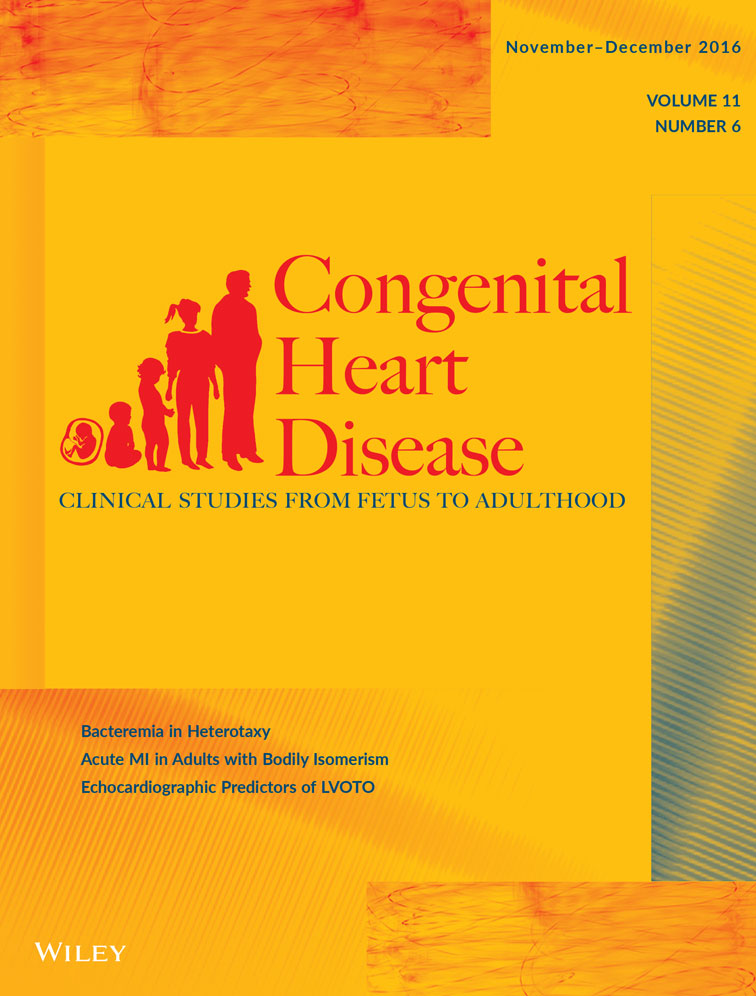Assessment of Kidney Function in Survivors Following Fontan Palliation
Conflict of interest: The authors declare that they have no conflict of interest.
Abstract
Objective
The Fontan operation is a palliative procedure for congenital single ventricle heart disease. Long-term kidney function in this cohort is not well-known. Our aim was to evaluate renal function in long-term survivors post-Fontan palliation, and we hypothesize that this cohort will have a higher prevalence of chronic kidney disease (CKD) compared to controls.
Design
We performed a retrospective cohort study of 68 subjects evaluated through the Single Ventricle Survivorship Program at the Children's Hospital of Philadelphia between July 2010 and December 2014 compared to 70 healthy children similar in age and sex. Primary outcome was CKD, defined as estimated glomerular filtration rate (eGFR) <90 mL/min/1.73 m2 using creatinine and cystatin C–based estimating equations. Secondary outcomes included proteinuria and elevated intact parathyroid hormone.
Results
The Fontan cohort included 68 subjects with median age 13 years (IQR 9.0, 17.3) who were median 11.1 years (IQR 6.5, 15.7) post-Fontan palliation. This cohort was compared to 70 healthy individuals (median age 15.5 years (IQR 12.5, 18.3). Although median eGFRs were comparable: 102.6 vs. 101.9 mL/min/1.73 m2 (P = .89) in Fontan vs. healthy subjects <18 years of age (Full CKiD equation), and 128.5 vs. 129.7 mL/min/1.73 m2 (P = .56) in Fontan vs. healthy subjects ≥18 years of age (CKD-EPI creatinine and cystatin formula); 10% of Fontan subjects had an eGFR<90 mL/min/1.73 m2. Median intact parathyroid hormone level was higher at 59.4 pg/mL (IQR 43.0, 83.1) in the Fontan group compared to 23.4 pg/mL (IQR 16.7, 30.0) in controls (P ≤ .001). Proteinuria was present in 10% of the Fontan group compared to 4.7% in controls (P = .27).
Conclusion
Ten percent of long-term survivors post-Fontan palliation had eGFR <90 ml/min/1.73 m2, and higher median parathyroid hormone levels compared to controls. Taken together, these measures may indicate early kidney disease. Future studies will focus on longitudinal assessment of kidney function and evaluation of risk factors for CKD post-Fontan palliation.




